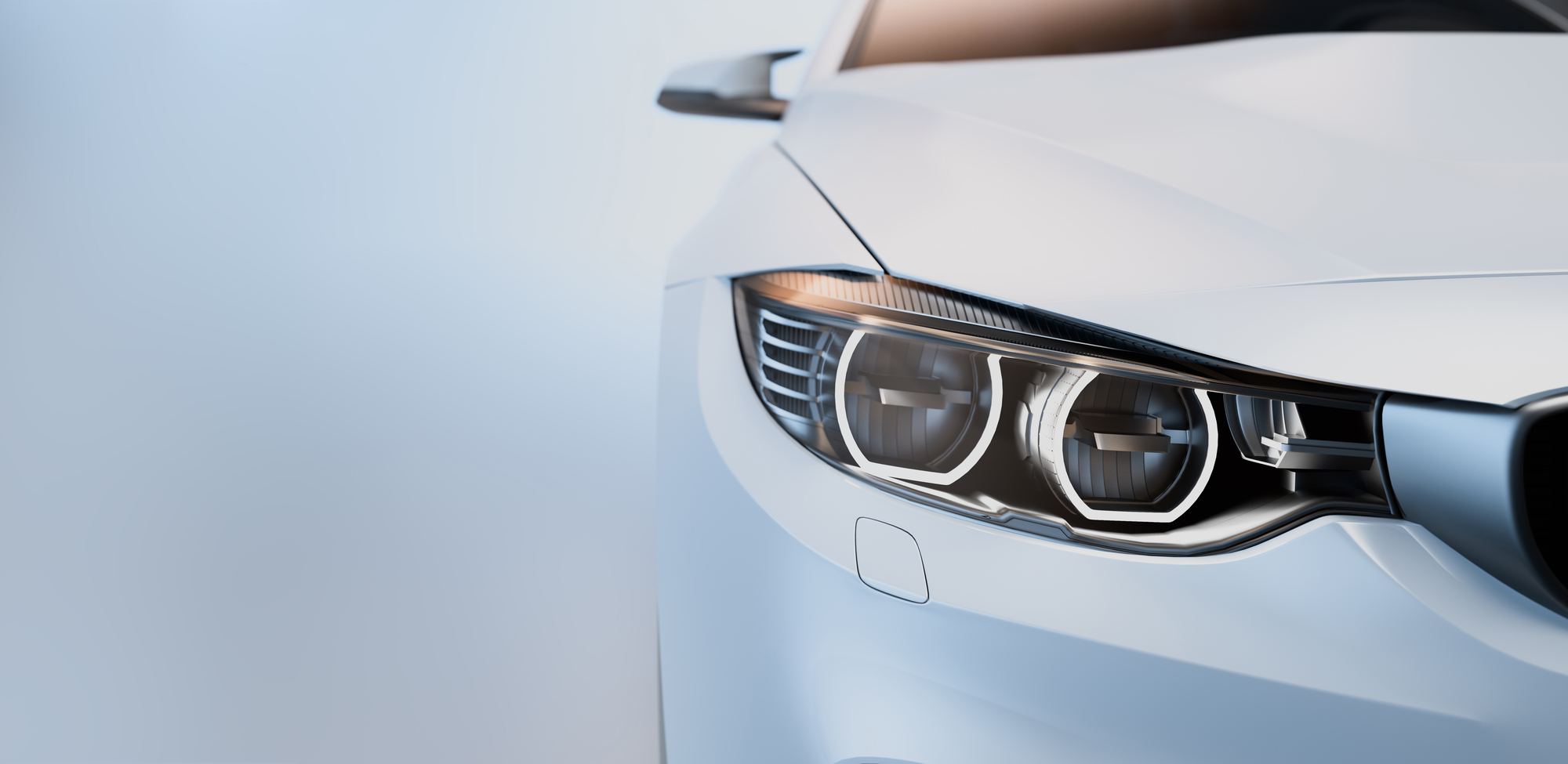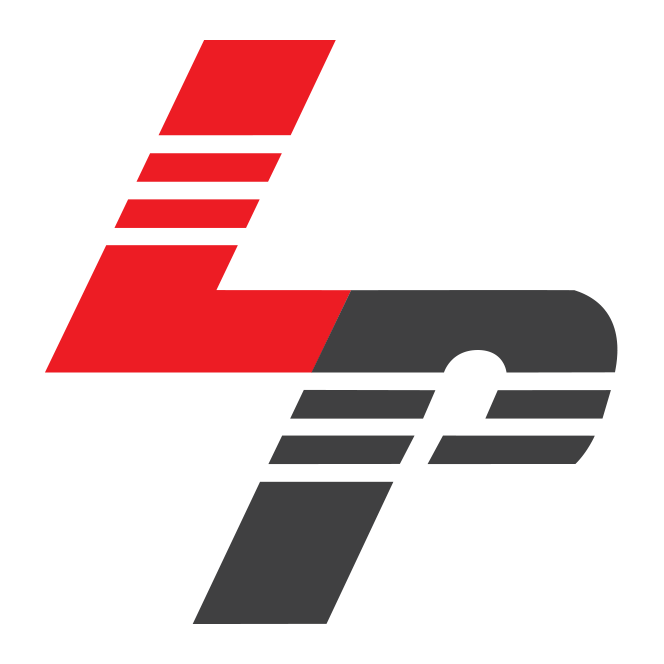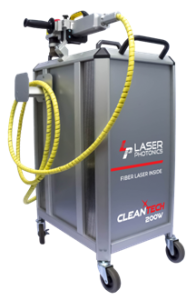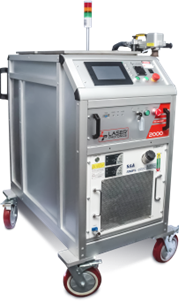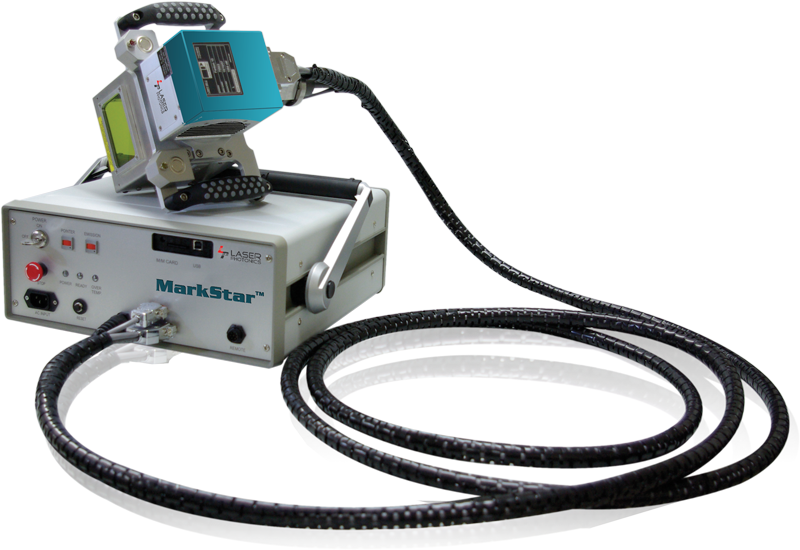"Driving Precision, Powering Performance: Laser Precision for Automotive Excellence"
Laser use in automotive manufacturing dates back to Ford Motor Company in the mid-’70s. Lasers were initially used in underbody welding in an assembly line. Today, lasers are used in nearly every facet of the automotive industry, but there are some processes that are still labor and time-intensive that Laser Photonics aims to upgrade.
Beyond metal cutting and welding, auto manufacturers are upgrading to laser cutting for sealing the edges of custom luxury seats, interior components, airbags, and perforating fabric. In this modern industrial age, there are still delays caused by inefficient and outdated processes in production lines. Outfitting a laser to a gantry arm is not going to fix anything. By partnering with our customers, we have developed and customized a true, future-proof solution that fits their needs and budgets.
Laser Photonics has automaker clients who aren’t just looking for a new machine, they are searching for innovative, time-reducing, and cost-saving solutions to bottle-necked, manual processes. It’s not just the big automotive giants, but part suppliers too. Recently, part manufacturers to Tesla Motors, Ford, Mercedes Benz, and BMW called on our laser expertise to update their factories and optimize their production line.
The ability to easily integrate laser systems with existing robots is also particularly attractive to the automotive industry. This allows their capital investment to remain relatively low while providing versatility and redeployment for future needs. Our goal is to provide manufacturing customers with a faster, safer method of cutting, engraving, marking, and cleaning that can be repeated and operated 24/7. Solutions that will reduce operating costs and generate ROI by fulfilling more orders – faster.
Laser Cleaning in the Automotive Industry
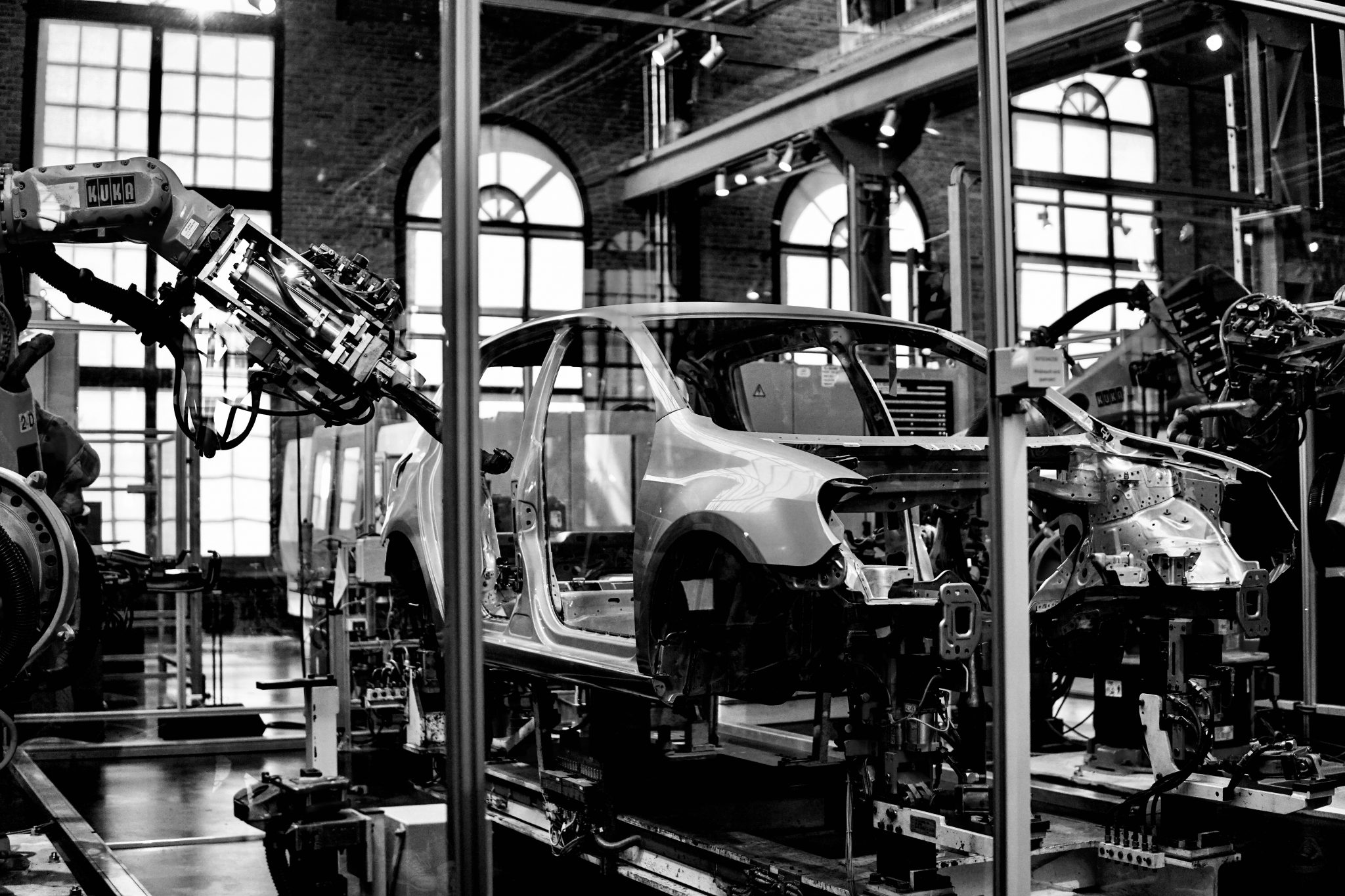

Laser Cleaning is a popular method in the automotive industry for efficiently and effectively removing unwanted paint and coatings from car surfaces. It involves directing a high-powered laser beam at the surface, selectively vaporizing and removing the coating without harming the underlying metal. This precise process allows for targeted removal of coatings without generating dust or debris, making it cleaner than traditional methods like sandblasting or chemical stripping. Laser cleaning is environmentally friendly, as it avoids the use of harsh chemicals and hazardous waste.
The advantages of laser cleaning include its precision, cleanliness, and safety. It can be adjusted to focus on specific areas, ensuring accurate coating removal. It is also a safe method that preserves the integrity of the underlying metal and requires minimal cleanup. Laser cleaning finds applications in various areas, such as removing e-coating from cars, cleaning racks used in painting processes, removing Zinc Oxide coating, selectively removing coatings in windshield manufacturing for GPS and cameras, rust cleaning before sealing transmissions, and so much more.
In summary, laser cleaning is an efficient, precise, and environmentally friendly solution for removing paint and coatings from cars. Its benefits make it an increasingly popular choice in the automotive industry, with potential for even broader adoption in the future.
Laser Cutting has a wide range of applications in the industry...
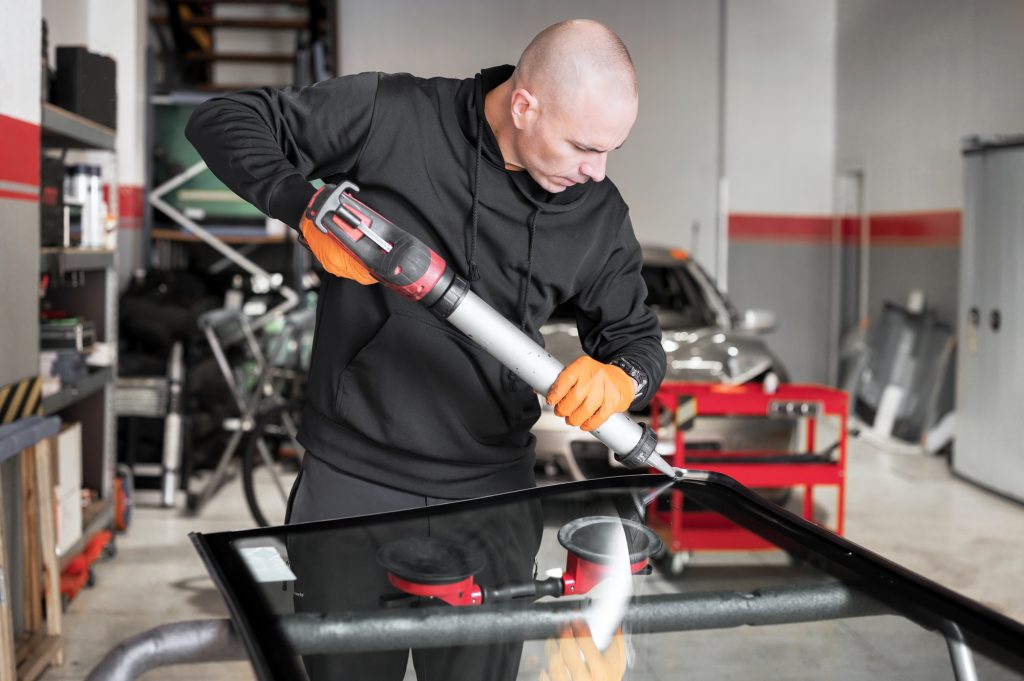
Laser Cutting is a versatile method widely used in automotive part manufacturing. It employs a high-powered laser beam to precisely cut and shape various materials like metal, plastic, and composites.
In the automotive industry, laser cutting finds applications in fabricating body panels, engine components, suspension parts, and exhaust systems. It offers several advantages over traditional cutting methods, including faster production, enhanced accuracy, and reduced material waste. Laser cutting excels in producing intricate shapes and designs with minimal distortion, even for complex curves and angles that are challenging for conventional methods. This makes it ideal for customized parts and precise geometries.
Speed and efficiency are additional benefits of laser cutting. The laser beam cuts through materials swiftly, reducing manufacturing time and costs. Moreover, laser cutting generates minimal waste as the material is vaporized, contributing to a more environmentally-friendly process. Laser cutting prioritizes safety by being an automated process that minimizes human intervention, thereby decreasing the risk of accidents or injuries.
Laser cutting is a versatile, precise, and efficient method for manufacturing automotive parts, offering benefits such as accuracy, reduced waste, and improved safety.

Laser Welding requires minimal human intervention...
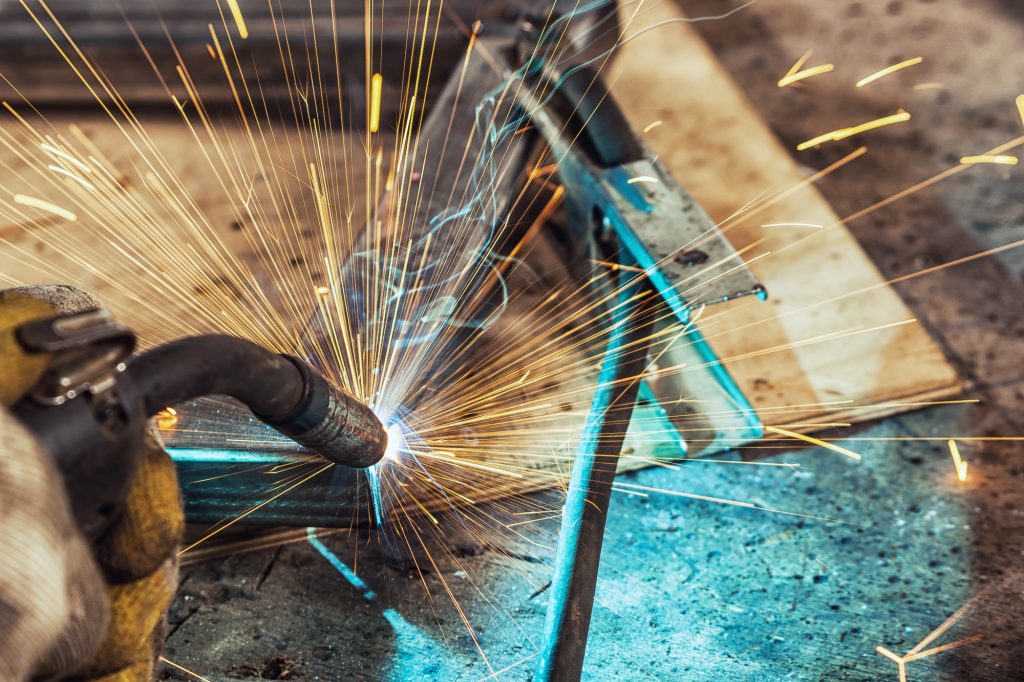

Laser Welding is a crucial technology in the automotive industry, offering fast, efficient, and reliable metal joining. It is highly precise and efficient, using a high-energy laser beam to melt and fuse metal parts together, creating strong bonds. Laser welding is widely used in the automotive industry to join body panels, engine parts, and suspension components. Welding on assembly, for maintenance and repair, blue laser welding are also very important applications.
The primary advantages of laser welding include its ability to produce high-quality welds with minimal distortion, even on complex parts. It is also known for its speed and efficiency, reducing time and costs compared to traditional welding methods. Moreover, laser welding requires less material, minimizing waste and environmental impact.
Laser welding is a safe and reliable process that minimizes the risk of accidents or injuries. It requires minimal human intervention, ensuring consistent and high-quality welds in the manufacturing process.
Laser Marking in the Automotive Industry
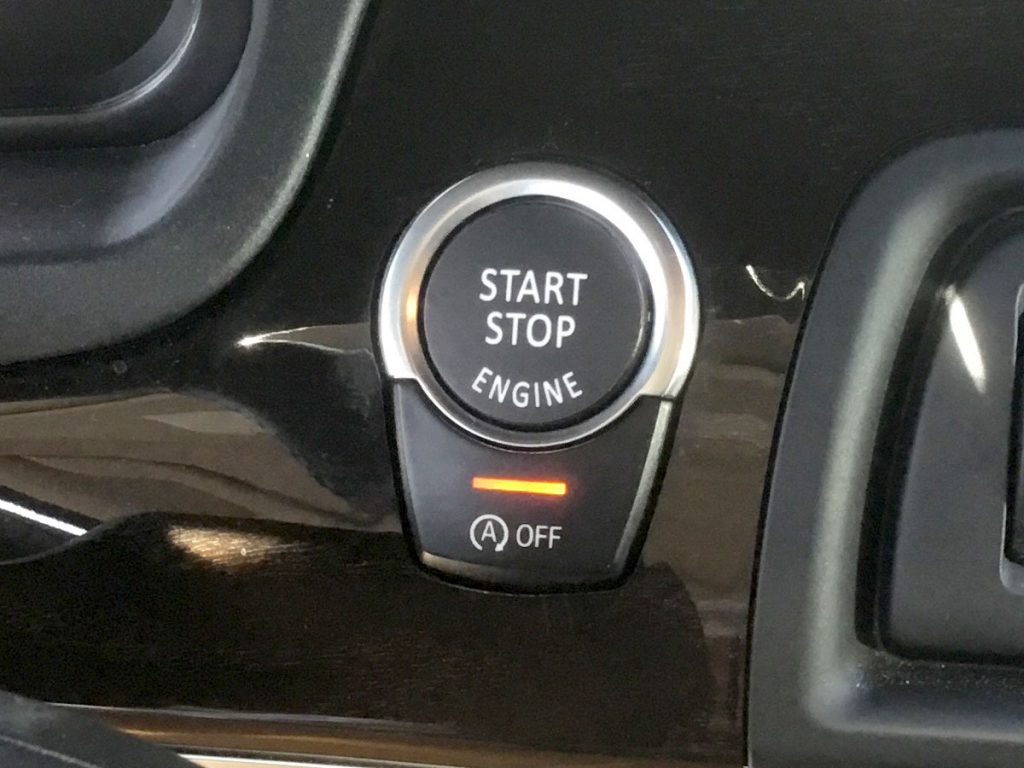
Laser Marking is a precise process that uses a high-powered laser beam to etch or engrave text, logos, and other markings onto metal or plastic surfaces. It finds applications in the automotive industry for marking various components such as engine parts, body panels, and electrical components. It is also used for serialization, VIN numbers, backlit displays, buttons, and UV marking on transparent surfaces. Laser Assisted Material Redeposition is another application where silicon is marked on glass.
The primary advantages of laser marking are its precision, accuracy, and non-contact nature. The laser beam can create intricate markings on small or complex parts without damaging their surfaces or structural integrity. The markings are highly durable, resistant to wear and tear, making them suitable for automotive applications that experience high stress and wear. Moreover, laser marking is a fast and efficient process with minimal setup time, enabling marking of multiple parts with different designs or text for high-volume production.
Furthermore, laser marking is environmentally friendly as it doesn’t involve the use of hazardous chemicals or generate waste. This makes it a sustainable alternative to traditional marking methods.

Lasers are extensively used for maintenance...
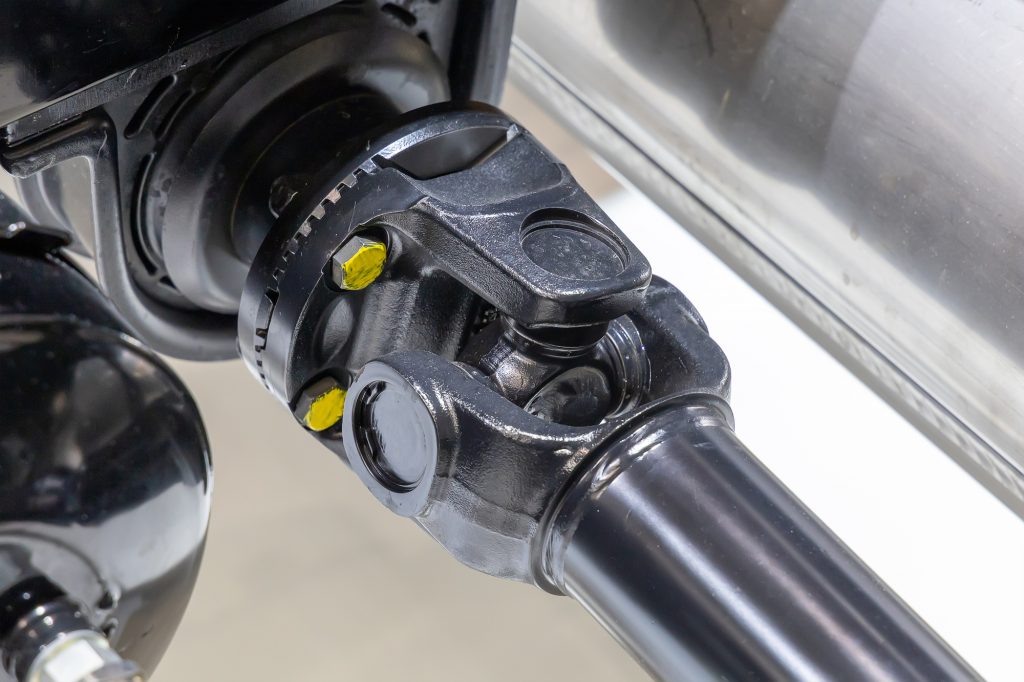

Lasers are used to recondition chassis, engines, drivetrain, transmission components, driveshafts, diesel fuel filters as well as breaking drums and disks restoration. Laser-based maintenance can help to reduce downtime and maintenance costs, while also improving the quality and accuracy of repairs. One of the primary uses of lasers in automotive maintenance is for welding and repair work on body panels and frames. Laser welding can be used to repair damaged parts quickly and effectively, without the need for extensive cutting, grinding, or welding. This results in a higher quality repair and less time spent in the repair process.
Another application of lasers in automotive maintenance is for cleaning and surface preparation. Laser cleaning uses a high-powered laser beam to remove dirt, rust, and other contaminants from surfaces, without damaging the underlying material. It’s very useful for brake drum and disk cleanup, and tire mold cleaning. This method is highly effective and can significantly reduce the time and cost associated with traditional cleaning methods.
Laser-based maintenance is also used for inspection and testing purposes. Laser scanning can be used to quickly and accurately measure the dimensions of parts and components, ensuring that they meet the required specifications. Additionally, lasers can be used for non-destructive testing, which allows for the detection of flaws and defects in parts without damaging or altering them.
Finally, lasers can be used for the production of customized parts and components. Laser cutting and engraving technology can be used to create complex shapes and designs, allowing for the production of highly customized parts and components that meet specific requirements.

